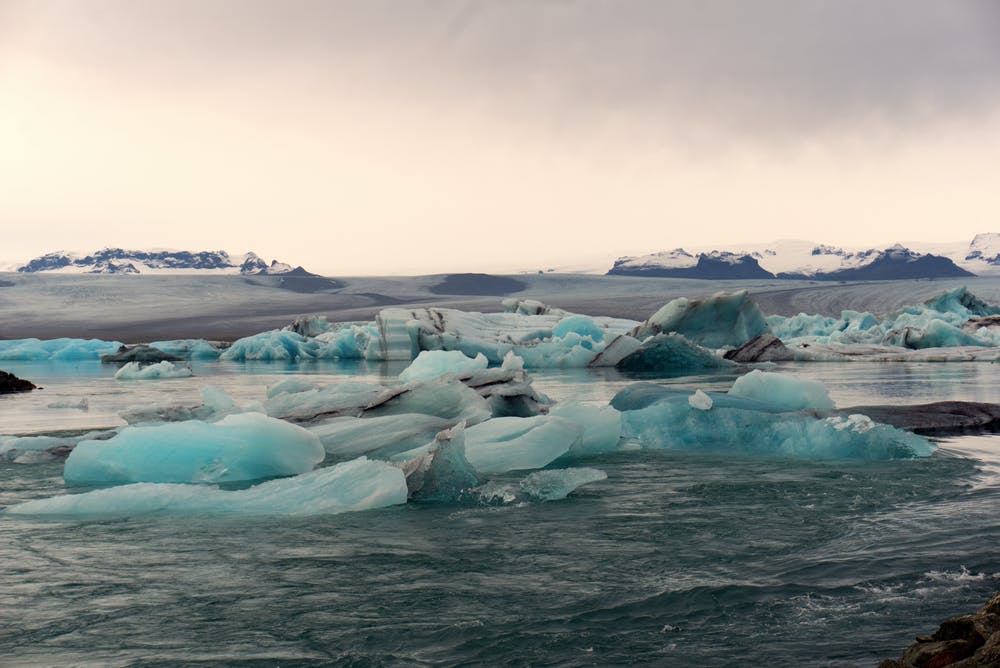Cop26 is the 26th conference of the parties to the UN framework convention on climate change, the parent treaty to the 2015 Paris Agreement. World governments conducted their first conference (COP1) in Berlin in 1975.
Under the 1992 United Nations Framework Convention on Climate Change (UNFCCC), practically every country on Earth committed itself to avoid dangerous climate change and find ways to reduce greenhouse gas emissions. The UN Framework Convention on Climate Change was signed in 1992 at the Rio Earth summit and is binding on all bar a small number of rogue nations. Details on how these goals will be achieved are, however, conspicuous by their absence.
Cop stands for conference of the parties under the UNFCCC and COP26 will be hosted by the United Kingdom in Glasgow from 31 October to 12 November.
The Paris Agreement is an international treaty signed by almost all countries in the world at COP21 in Paris in 2015. The Paris Agreement represented a seminal event in that for the first time both developed and developing countries agreed to limit greenhouse gases to limit temperature increases. The aims of the Agreement were to:
- keep the rise in the global average temperature to ‘well below’ 2 °C above pre-industrial levels, ideally 1.5 °C
- strengthen the ability to adapt to climate change and build resilience
- align all finance flows with ‘a pathway towards low greenhouse gas emissions and climate-resilient development’
In order to meet these goals, individual countries also agreed on non-binding national targets to cut – or in the case of developing countries, to curb the growth of – greenhouse gas emissions in the near term, by 2030 in most cases. Those national targets – known as nationally determined contributions (NDCs) – were inadequate to hold the world within the Paris temperature targets. If fulfilled, they would result in 3°C or more of warming, which would be disastrous for the planet.
To have a chance of limiting warming to 1.5°C, global emissions must halve by 2030 and reach ‘net-zero’ by 2050. The NDCs submitted in 2015, collectively, were not ambitious enough to limit global warming to ‘well below’ 2°C never mind 1.5°C. The signatories of the Paris Agreement are, however, mandated to submit new – and more ambitious – NDCs every five years. This is known as the ‘ratchet mechanism’.
All countries are now being urged to revise their NDCs before Cop26 in line with a 1.5°C target, the lower of the two Paris goals. The Intergovernmental Panel on Climate Change (IPCC) estimates that emissions must be reduced by 45% by 2030, compared with 2010 levels, and from there to net zero emissions by 2050, if the world is to have any chance of remaining within the 1.5°C threshold.
The UN reported recently that current NDCs, including recently submitted goals by the EU, US, UK, and more than 100 other countries fall far short on required cuts. They would result in a 16% increase in emissions, far from the 45% cut needed. The current set of NDCs would result in catastrophic overheating, on or above 3°C.
The world’s biggest greenhouse gas emitter, China, has yet to produce a new NDC. The Chinese government has committed to reaching net-zero emissions by 2060 and peak emissions by 2030. Major fossil fuel producers including Saudi Arabia, Russia, and Australia have also refused to strengthen their commitments. This lack of commitment is likely to result in our breaching the 1.5°C barrier. Australia recently published a technology-driven plan, which purports to set out a pathway to net-zero by 2050, but this plan has yet to be independently assessed and verified.
The Intergovernmental Panel on Climate Change (IPCC) is the UN body for assessing the science related to climate change. It was established by the United Nations Environment Programme (UNEP) and the World Meteorological Organization (WMO) in 1988. Climate change is widespread, rapid, and intensifying is the stark forecast in the Sixth Assessment Cycle report issued by the IPCC in August 2021. The report shows that emissions of greenhouse gases from human (anthropogenic) activities today are responsible for approximately 1.1°C of global warming since 1850, and finds that averaged over the next 20 years, global temperature is expected to reach or exceed 1.5°C of warming resulting in increasing heat waves, longer warm seasons and shorter cold seasons.
To stay within 1.5°C, we must stop emitting carbon dioxide and other greenhouse gases – from burning fossil fuels, from agriculture and animal husbandry – which create methane – from cutting down trees and from certain industrial processes – almost completely by mid-century. Any residual emissions remaining by then, for instance from processes that cannot be modified such as industrial processes that emit carbon dioxide, or the aviation sector, where alternative technologies are not currently available, must be offset by increasing the world’s carbon sinks, such as forests, peatlands, and wetlands, which act as vast carbon stores. That balance is known as net-zero. However, the net-zero process can lead to an undue emphasis on offsetting emissions rather than reducing them.
Additional discussions are also scheduled to take place at COP26 concerning:
- Increasing climate finance to poorer countries to assist with reducing greenhouse gas emissions and deal with the impacts of extreme weather
- Phasing out of coal production
- Reducing emissions of methane – a greenhouse gas which can trap 86 times more heat in the atmosphere than carbon dioxide, and which results from leaking of fossil fuel infrastructure, livestock and other agricultural practices, land use and by the decay of organic waste in municipal solid waste landfills
- Carbon trading and carbon markets – the practice of buying and selling of credits that permit a company or other entity to emit a certain amount of carbon dioxide
The 1.5°C temperature limit to be discussed at COP26 is a vital physical threshold for the planet’s climate. If temperatures are allowed to rise by more than 1.5°C, the consequences will be severely damaging and are likely to cause irreversible changes to the climate.








